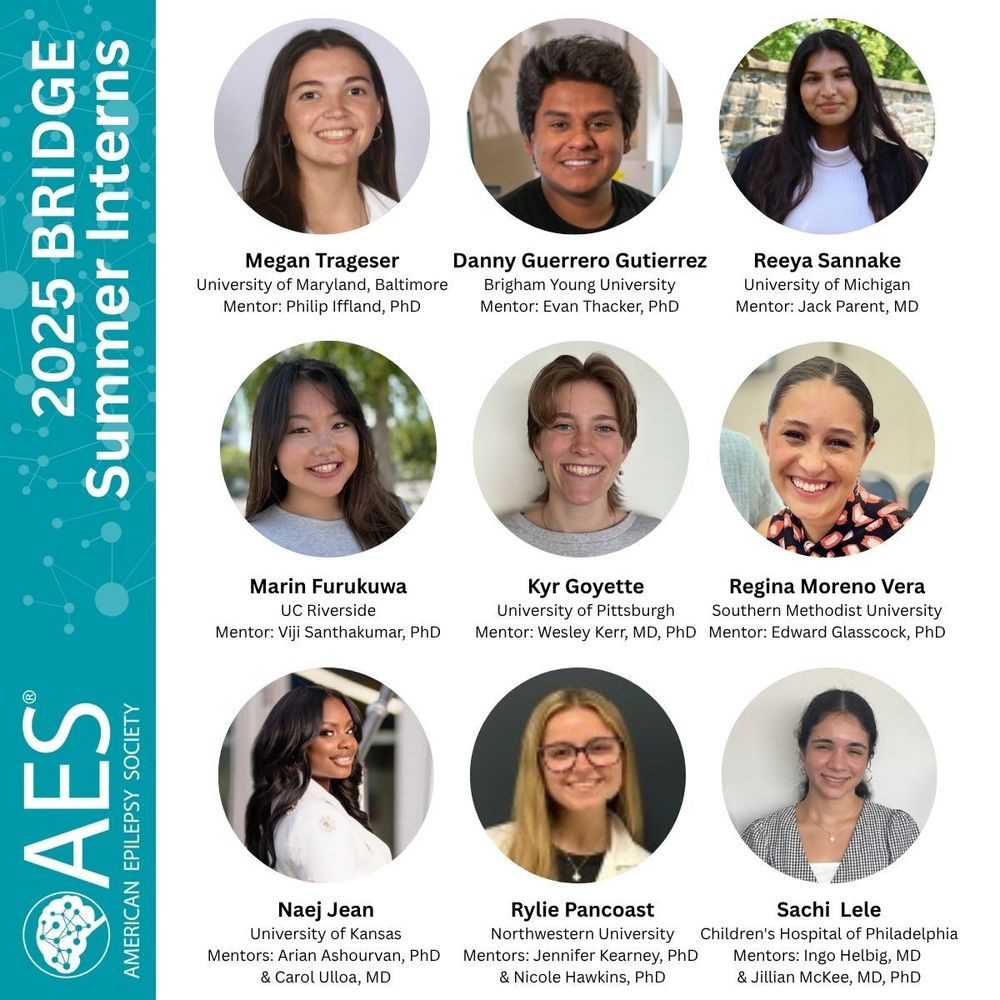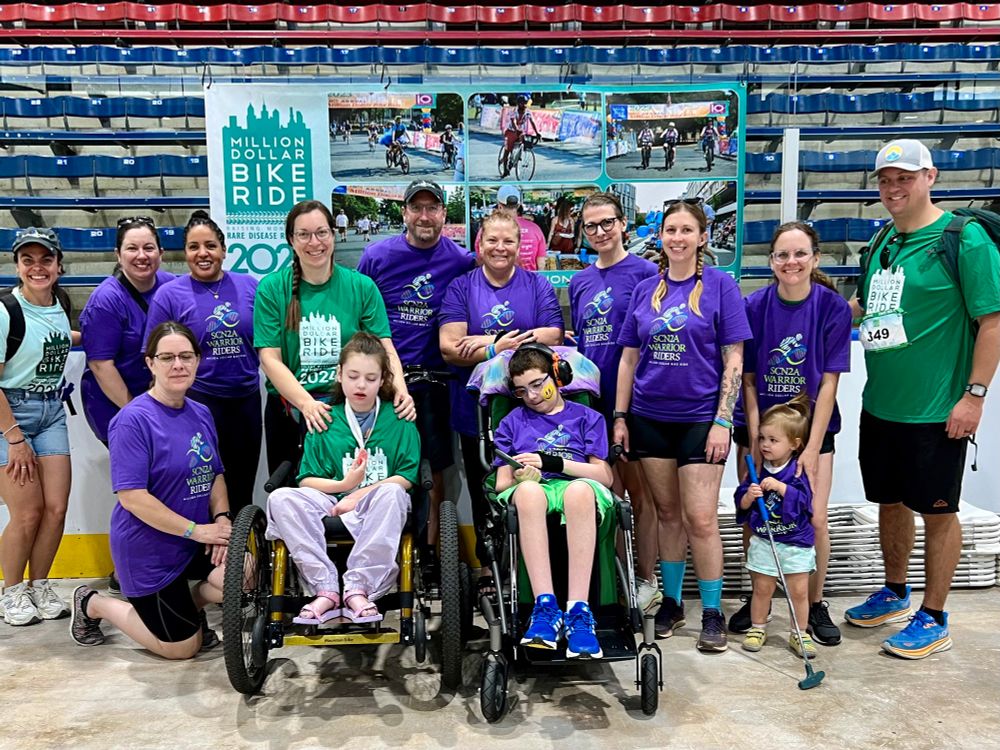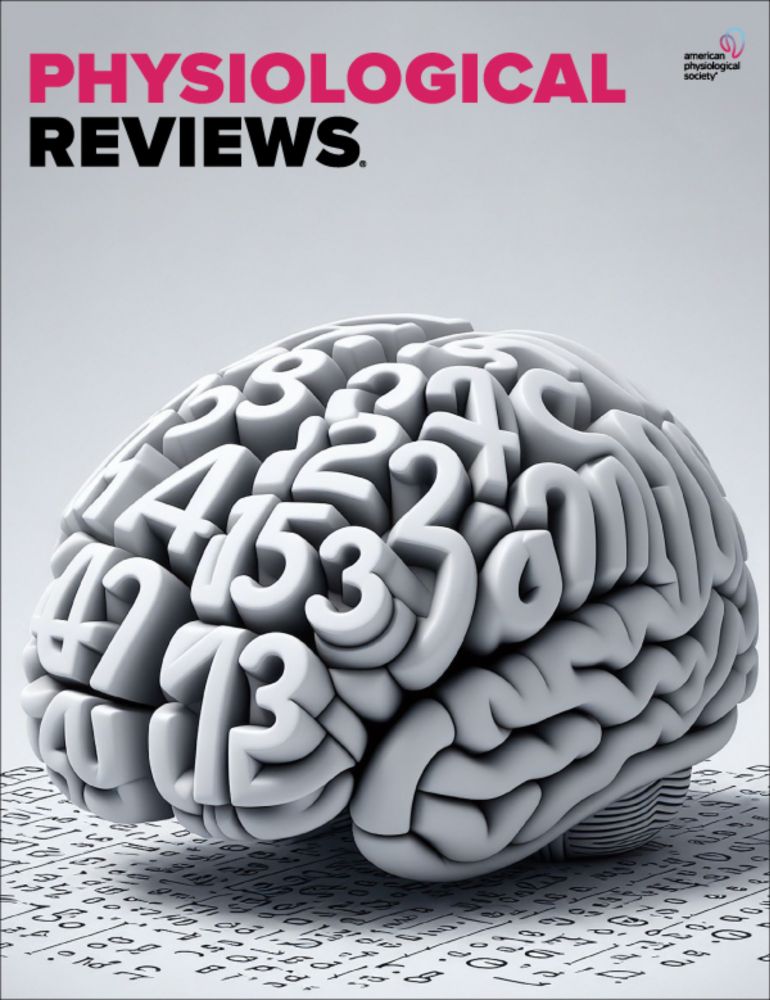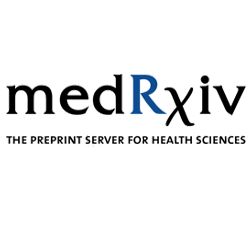
www.cell.com/cell/fulltex...

www.cell.com/cell/fulltex...
#EpilepsyResearch #BRIDGEInterns #FutureLeaders #AES2025 #EpilepsyAwareness



Thank you riders, volunteers and donors!
Read more here: www.orphandiseasecenter.med.upenn.edu/awarded-gran...




Novel mouse model of alternating hemiplegia of childhood



doi.org/10.1152/phys...

doi.org/10.1152/phys...

talent.stjude.org/careers/jobs...

talent.stjude.org/careers/jobs...


link.springer.com/10.1007/s003...

link.springer.com/10.1007/s003...
employment.utah.edu/salt-lake-ci...
employment.utah.edu/salt-lake-ci...

employment.utah.edu/salt-lake-ci...
employment.utah.edu/salt-lake-ci...

doi.org/10.1053/j.aj...

doi.org/10.1053/j.aj...
It’s going nicely, but the list is longer than I have codes. If you guys are interested in growing the science community here, help a peep out w/more?
It’s going nicely, but the list is longer than I have codes. If you guys are interested in growing the science community here, help a peep out w/more?

